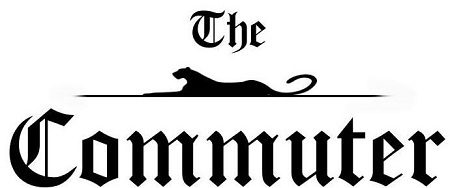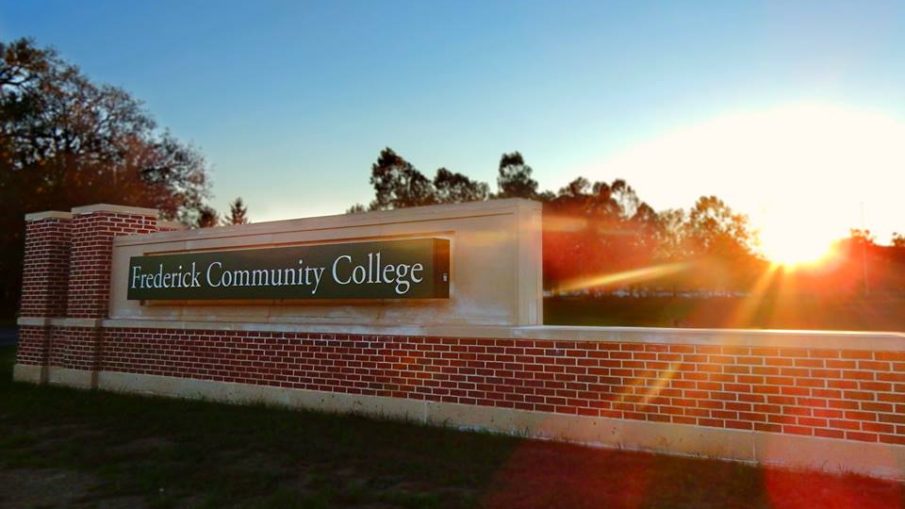By William Lamkin
When I was invited to go see Disney’s new animated film, “Zootopia,” I was initially reluctant. I was deceived by the notion Disney movies are only appealing to children. After being dragged to the theater, I was pleasantly surprised to find a gorgeously animated world which accurately reflects the stereotypical archetypes within our own society. Also, “Zootopia” is the first film in a long time to actually catch me by surprise with it’s twist.
“Zootopia’”takes place in a future where mammals, predator and prey alike, evolved to live in harmony and have built up a society of their own made up of habitat-based districts surrounding a central city which acts as a melting pot between animal groups.
The hero of “Zootopia” is Judy Hopps, voiced by Ginnifer Goodwin, a small-town bunny who’s ambition to become an effective police officer is driven by the physically scarring experiences of her past. Against all obstacles, Judy becomes the first bunny officer in the Zootopia Police Department. Officer Hopps was initially criticized by her peers due to her biological disadvantages and overall “cuteness.”
In the city of Zootopia, although there is the appearance of unity between predators and prey, there’s an underlying distrust between the two groups. Judy subconsciously holds a bias against predators because in her youth, the town bully was a fox. Even when she left to join the Police Force, her father made it clear she had to protect herself from foxes, going as far as to offer a “fox-taser” as a means of personal defense.
While on duty as a ticket maid she encounters a sly big-city fox named Nick Wilde, voiced by Jason Bateman, who stays on the fence of the law with his barely-legal Popsicle re-selling business. The unlikely pair of opposites, Judy and Nick, team up to investigate Zootopia’s biggest case: 14 missing mammals with no leads in sight.
Along their journey the duo come across a slew of interesting characters which represent specific archetypes of society in animal form. A perfect example of this parody is when Judy and Nick go to follow a lead at the Department of Motor Vehicles, and all the workers are sloths. Another example is the use of polar bears in sweatsuits to represent to film’s mobsters. The movie also makes a point to reference pop culture in a way that resonates with the adult audience. My favorite reference in the film is the nod to the two main characters of the popular television drama, Breaking Bad.
But for all its praise, no film comes without its flaws and “Zootopia” is no exception. There are several times in the film where jokes fell flat, or seemed out of place. My biggest criticism is the film’s pace. The movie speeds through major plot points in leading up to Judy’s arrival in “Zootopia,” while scenes with minor influence on the story tend to drag on.
That said, “Zootopia” still manages to make it on my list as one of Disney’s finest. “Zootopia” is a great movie because of how it ties together the message that people should be encouraged to strive for their dreams and live up to their potential, to the real-world obstacles which can prevent self-actualization and hold you back along the way.

